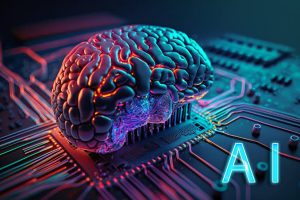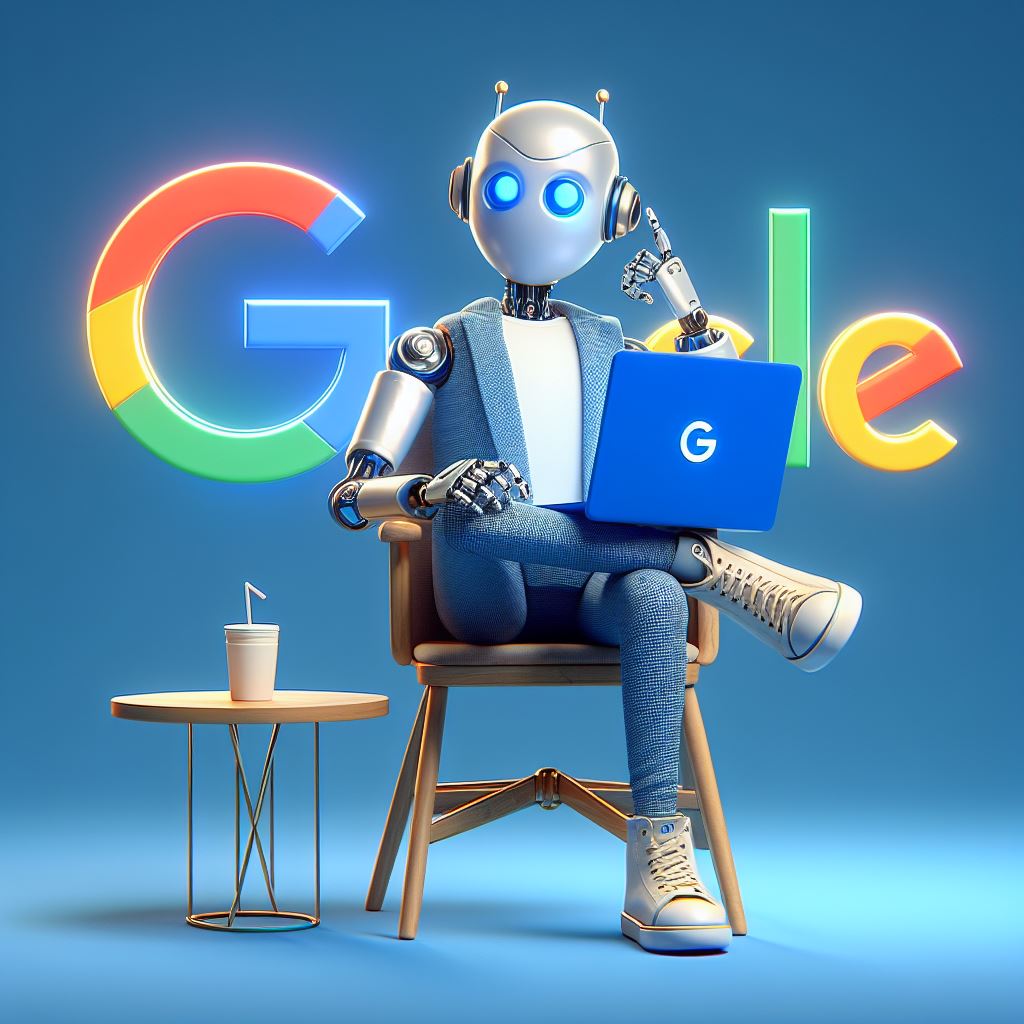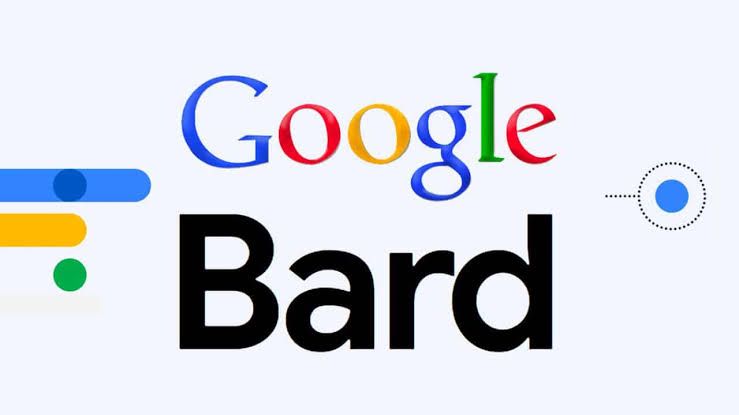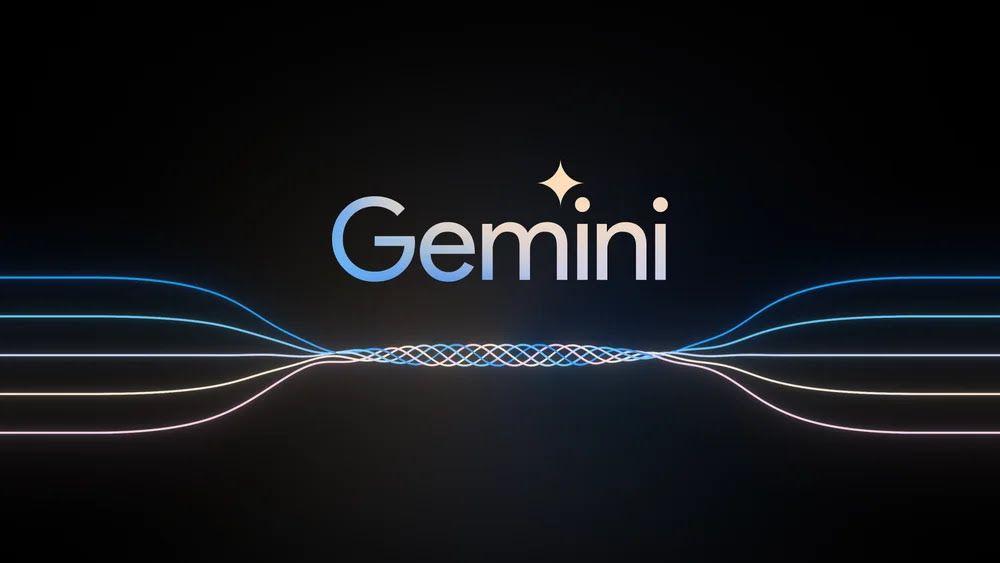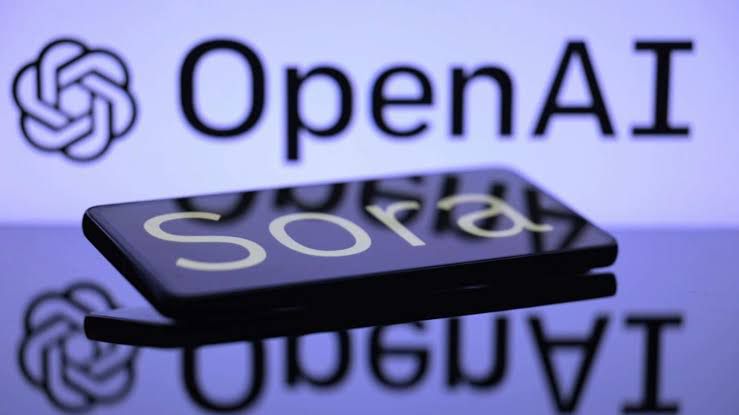The world of artificial intelligence is abuzz with the news of LEGO, a groundbreaking new language model developed by ByteDance, the tech giant behind TikTok. This isn’t just any chatbot, folks; LEGO promises to revolutionize the way we interact with machines by understanding and generating information across multiple modalities – text, video, audio, and images.
Beyond Words: A Multimodal Mastermind
Unlike traditional language models trained solely on text, LEGO boasts a unique architecture that allows it to grasp the nuances of various formats. Imagine a model that can not only write a captivating story but also analyze the accompanying video footage, understand the emotional tone of the soundtrack, and even generate visually stunning images to complement the narrative. That’s the potential of LEGO.
The Science Behind the Bricks
The secret sauce behind LEGO lies in its “modality-specific adapters.” These specialized modules act as translators, converting information from each modality (text, video, audio, image) into a unified language that the core model can understand. This enables LEGO to process complex relationships between different types of data, leading to richer and more contextually aware outputs.

A Glimpse into the Future
With its multimodal prowess, LEGO opens doors to a plethora of exciting possibilities:
Enhanced Search: Imagine searching for information not just with keywords but with complete concepts. You could ask, “Show me videos of the happiest dog breeds playing in the snow,” and LEGO would scour the web for relevant footage, taking into account factors like breed identification, facial expressions, and weather conditions.
Personalized Education: Learning could become a truly immersive experience. Imagine interactive textbooks that not only explain concepts but also generate accompanying visuals, simulations, and even personalized narratives based on the student’s learning style and progress.
Next-Level Storytelling: Movies and games could transcend current limitations. Imagine narratives that adapt to your choices, where characters react dynamically to your emotions, and the environment transforms based on your preferences.
Building Blocks of Controversy
While LEGO’s potential is undeniable, its development raises concerns. For one, the model’s ownership by ByteDance, a company already facing scrutiny for data privacy issues, raises questions about how user data will be collected and utilized. Additionally, the ability to manipulate audio and visuals could have implications for misinformation and deepfakes.
The Road Ahead: Building a Responsible Future
The development of LEGO marks a significant leap in AI, but it’s crucial to ensure this technology is used responsibly and ethically. Open dialogue, collaboration between researchers and policymakers, and clear guidelines for data usage are essential to harness the power of LEGO for good.
The LEGO language model is just the first step in a new era of AI. As we continue to build the blocks of this technology, it’s our responsibility to ensure that the future it shapes is one of creativity, understanding, and progress for all.
What are your thoughts on the LEGO language model? What excites you about its potential, and what concerns do you have? Share your thoughts in the comments below!
Let’s keep the conversation going and build a responsible future for AI, together.
